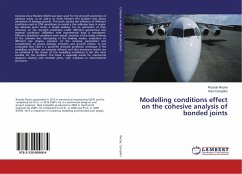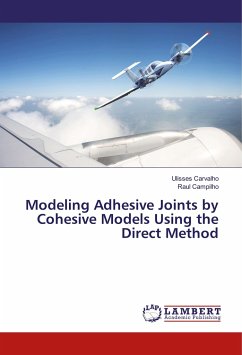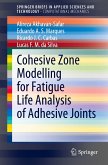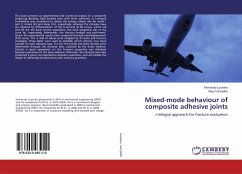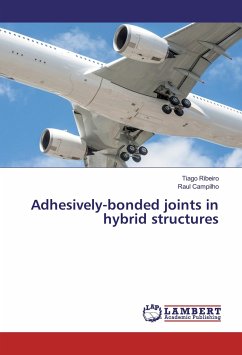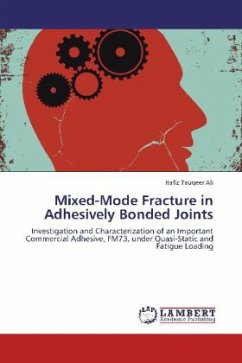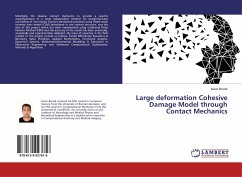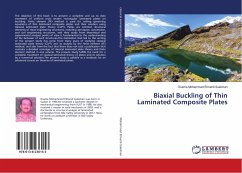Cohesive Zone Models (CZM) have been used for the strength prediction of adhesive joints, as an add-in to Finite Element (FE) analyses that allows simulation of damage growth. This book studies the influence of different conditions used in CZM simulations to model a thin adhesive layer in single-lap adhesive joints under a tensile loading, for an estimation of their influence on the strength prediction under different geometrical and material conditions. Validation with experimental data is considered. Different simulation conditions were tested: variation of the elastic stiffness of the cohesive law, decoupling of the loading modes, evaluation of different law shapes, variation of the cohesive parameters and consideration of several damage initiation and growth criteria. It was concluded that CZM is a powerful strength prediction technique if the modelling conditions are properly defined, and that erroneous results can be obtained if the choice of the modelling conditions is notthe most suitable for the problem. This book is especially useful for mechanical designers dealing with bonded joints, with emphasis to multi-material structures.

